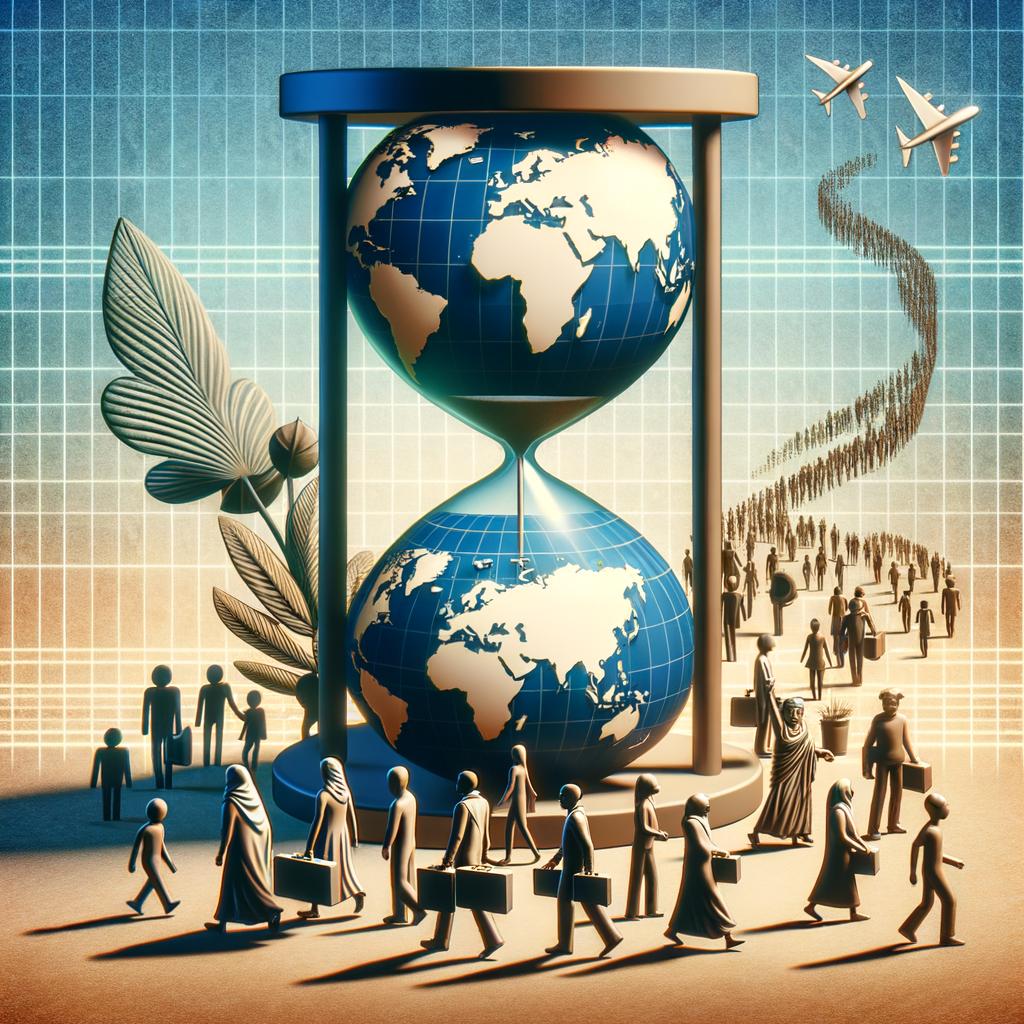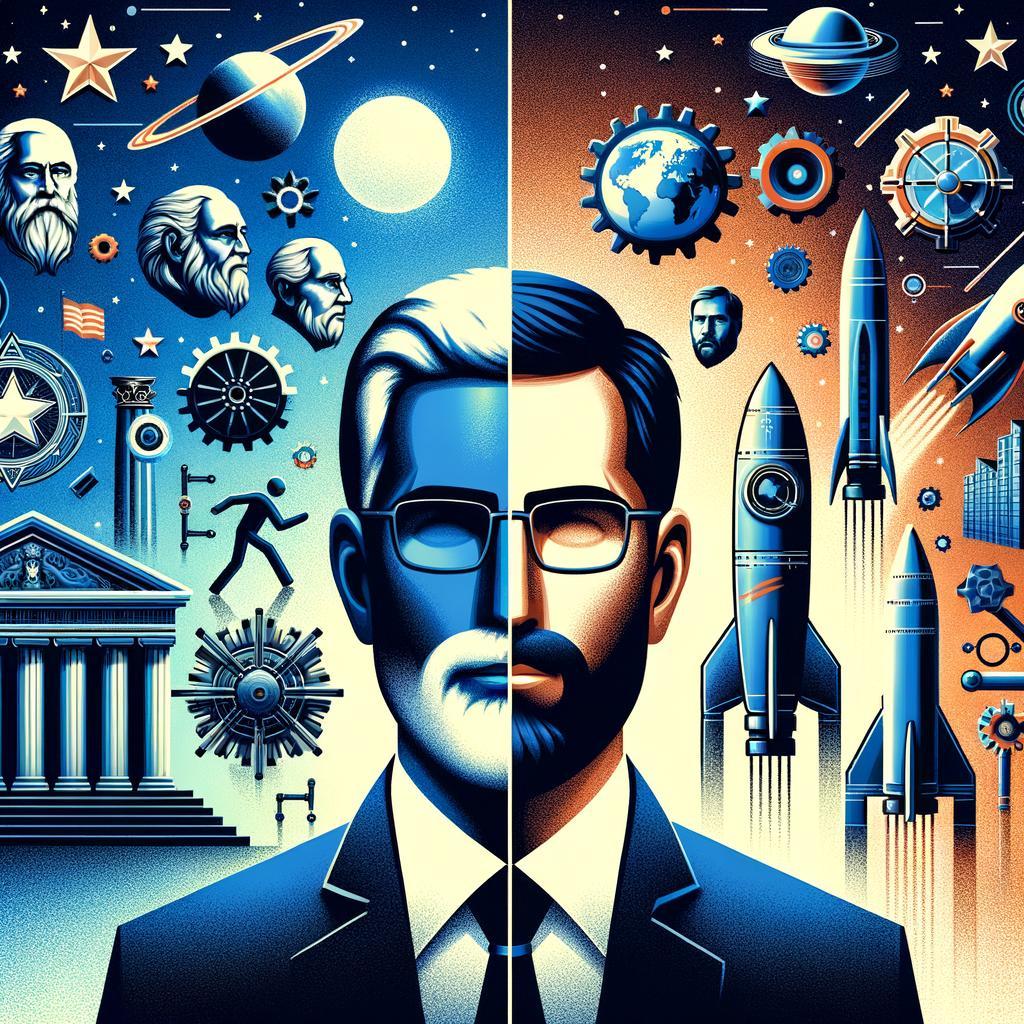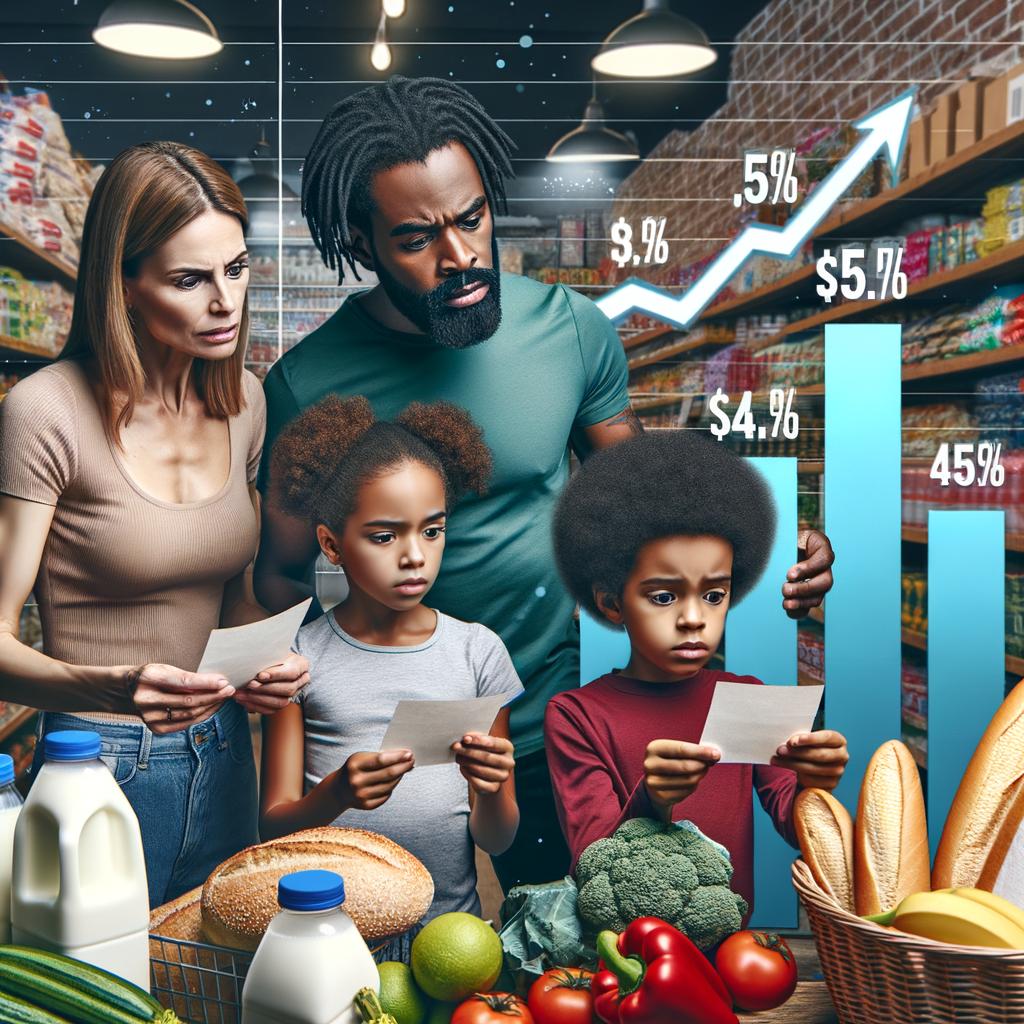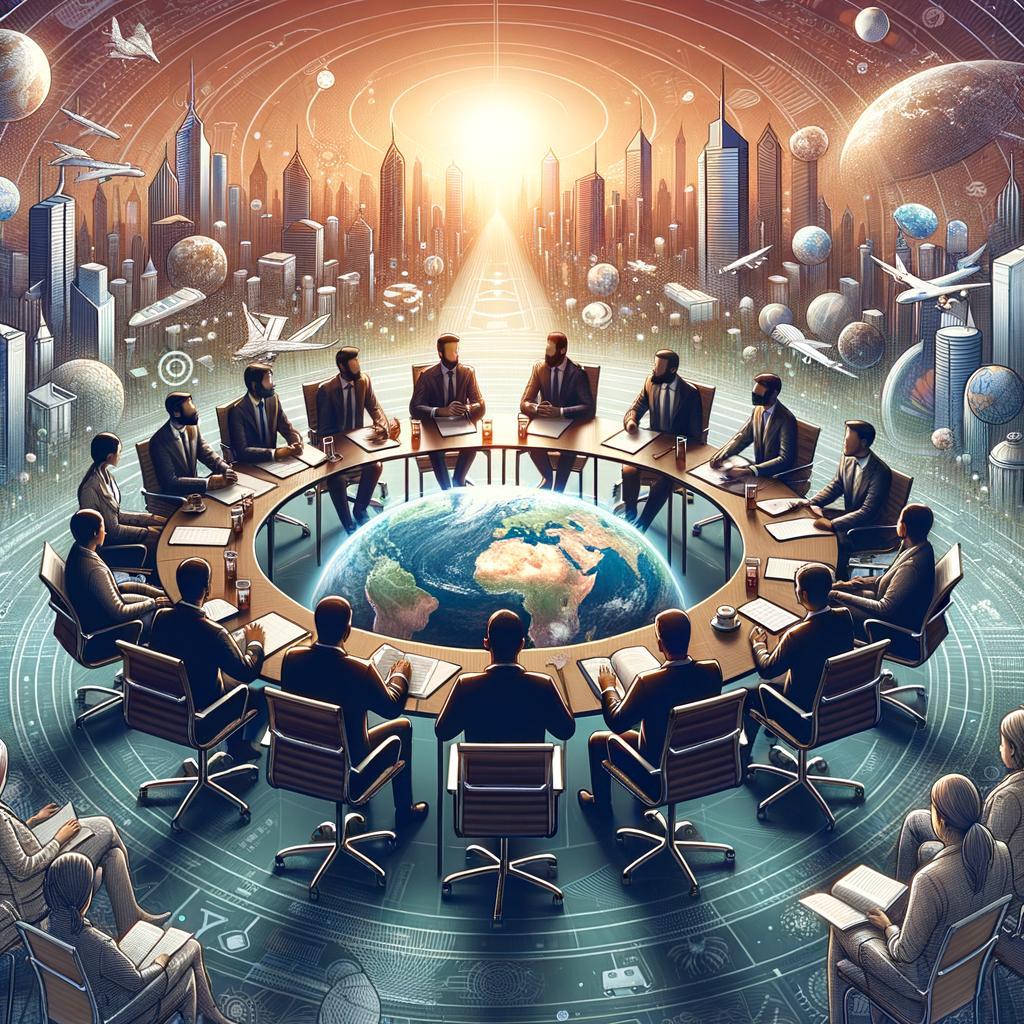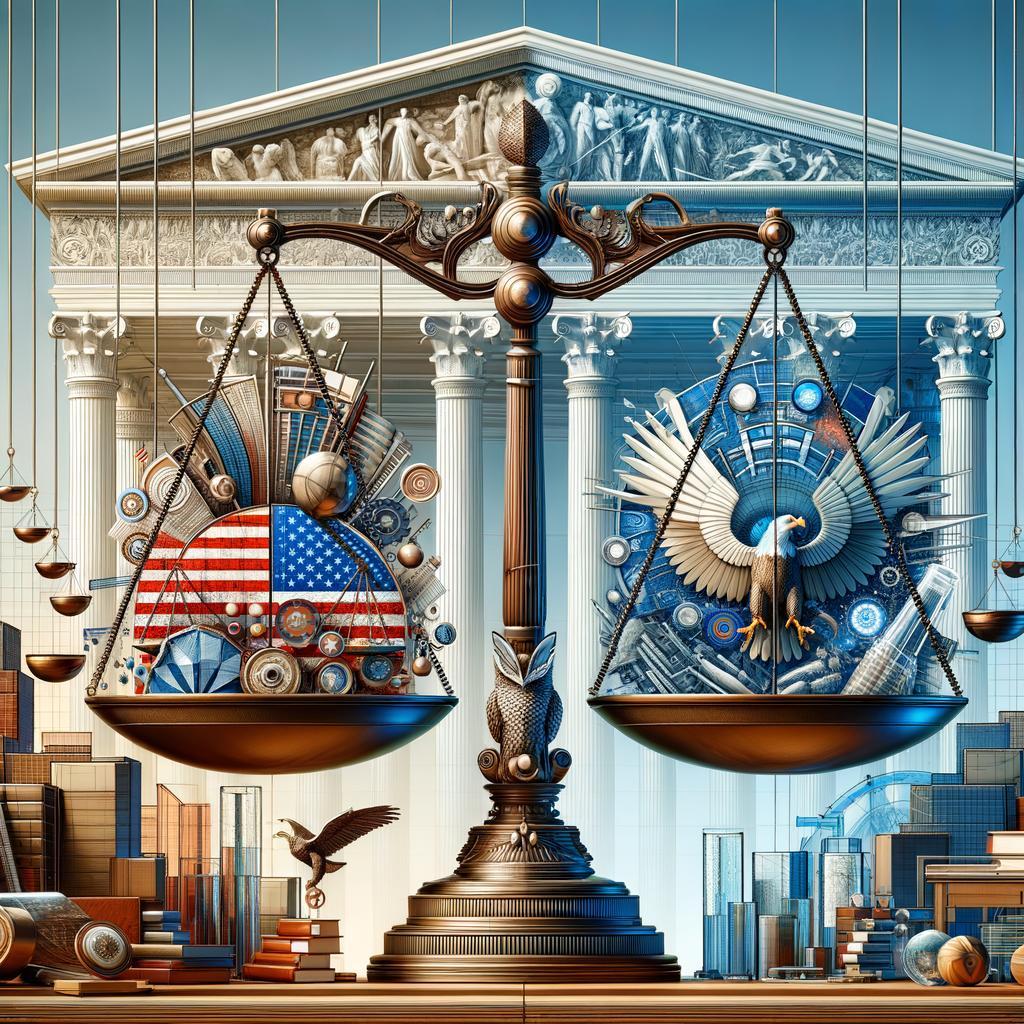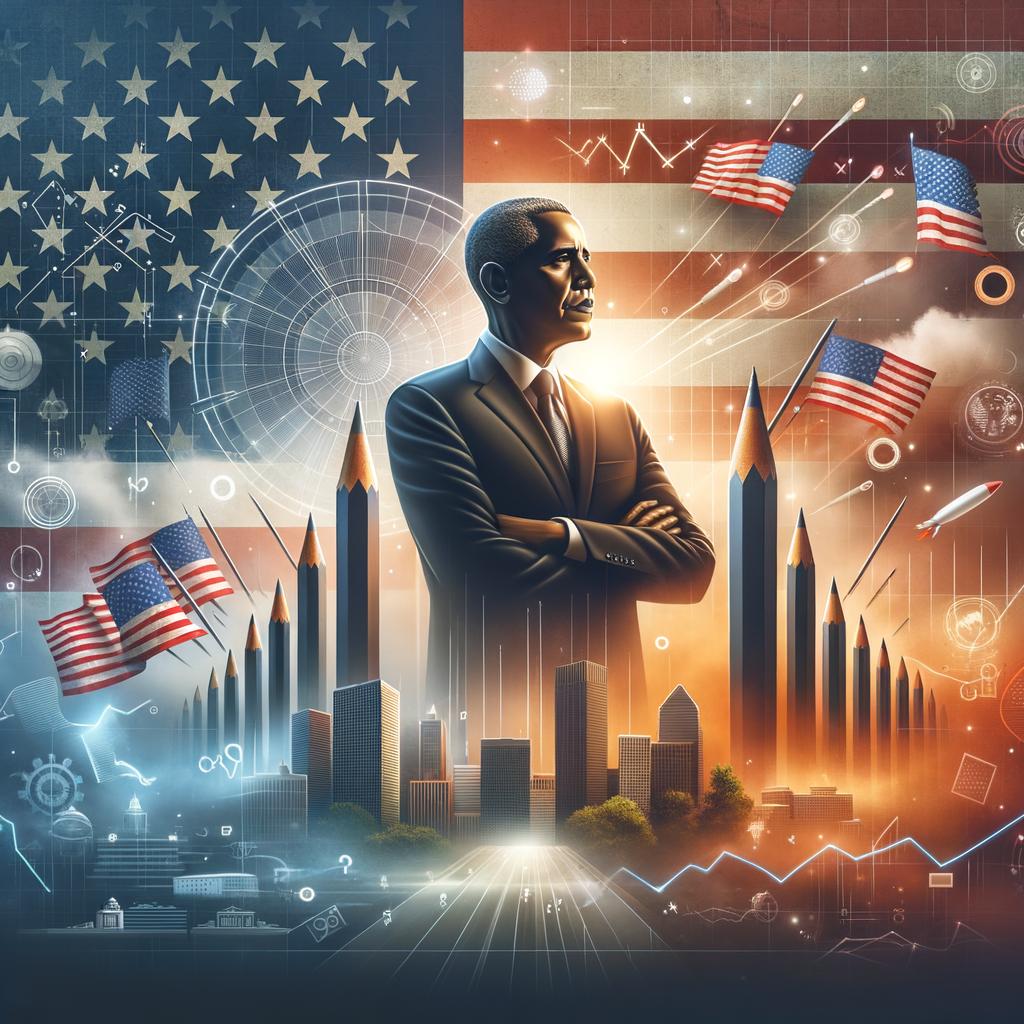Introduction
In recent years, the landscape of immigration policy has undergone significant transformations, reshaping the lives of millions and redefining the socio-economic fabric of nations. From the introduction of stricter border controls to the implementation of new pathways for citizenship, these changes not only affect the individuals seeking a better future but also resonate throughout communities, economies, and even global relations. As we delve into the complexities of these recent policy shifts, it is crucial to understand their far-reaching implications. This exploration aims to illuminate how immigration policies can serve as both instruments of opportunity and sources of contention, urging a reevaluation of how we perceive and respond to immigration in an increasingly interconnected world. By examining the multifaceted impact of these changes, we can foster a more informed dialogue that balances security concerns with the fundamental ideals of inclusivity and human rights. Join us as we unravel the threads of policy, politics, and personal stories that highlight the urgent need for comprehensive immigration reform.
Recent changes to immigration policy have sent ripples through both communities and economies across the nation. As families face uncertainty and local businesses grapple with labor shortages, the consequences of these adjustments become increasingly evident. The reduction in foreign workforce participation threatens to cripple sectors reliant on immigrant labor, such as agriculture, hospitality, and construction. Moreover, communities with deep-rooted immigrant populations are witnessing a decline in economic dynamism, as existing members struggle to thrive without the support of newcomers. Understanding these implications is crucial for stakeholders who aspire to build resilient, inclusive neighborhoods.
To counteract the adverse effects of these policies, effective strategies must be articulated and implemented. Advocates can adopt the following approaches to push for policy revisions that foster immigrant integration and encourage economic growth:
- Engagement with Local Leaders: Building coalitions with city officials can spotlight the economic benefits of immigrant contributions.
- Community Education Campaigns: Informing residents about the positive impacts of immigration can quell misinformation and promote unity.
- Policy Proposals: Collaborating with think tanks to develop evidence-based proposals that demonstrate the economic gains from welcoming immigrant talent.
| Impact | Consequences |
|---|---|
| Labor Shortages | Increased difficulty for businesses to hire, leading to potential closures. |
| Community Decline | Reduction in cultural diversity, which can lead to stagnation. |
| Economic Stagnation | Loss of innovation and entrepreneurial spirit typically brought by immigrants. |
To Conclude
As we conclude our exploration of recent immigration policy changes, it is imperative to recognize the profound implications these shifts hold for individuals, communities, and the nation as a whole. The policies that govern immigration are not mere regulations; they are a reflection of our values and priorities as a society. We have seen how these changes can foster innovation, enhance cultural diversity, and drive economic growth, but we have also witnessed the personal struggles and challenges faced by those navigating an increasingly complex system.
It is crucial that we engage in informed discussions about the direction of our immigration policies, advocating for solutions that uphold human rights and dignity. By investing in policies that promote inclusivity and support for immigrants, we not only strengthen our economy but also enrich the fabric of our society. As citizens and stakeholders, we have the power to influence these policies and help shape a future that reflects compassion and understanding.
Let us commit to staying informed and involved in these critical issues. By doing so, we can ensure that our immigration system serves as a beacon of hope and opportunity rather than a barrier. Together, we can work toward a more equitable and just approach to immigration that benefits everyone and reinforces the ideals upon which our nation was built.